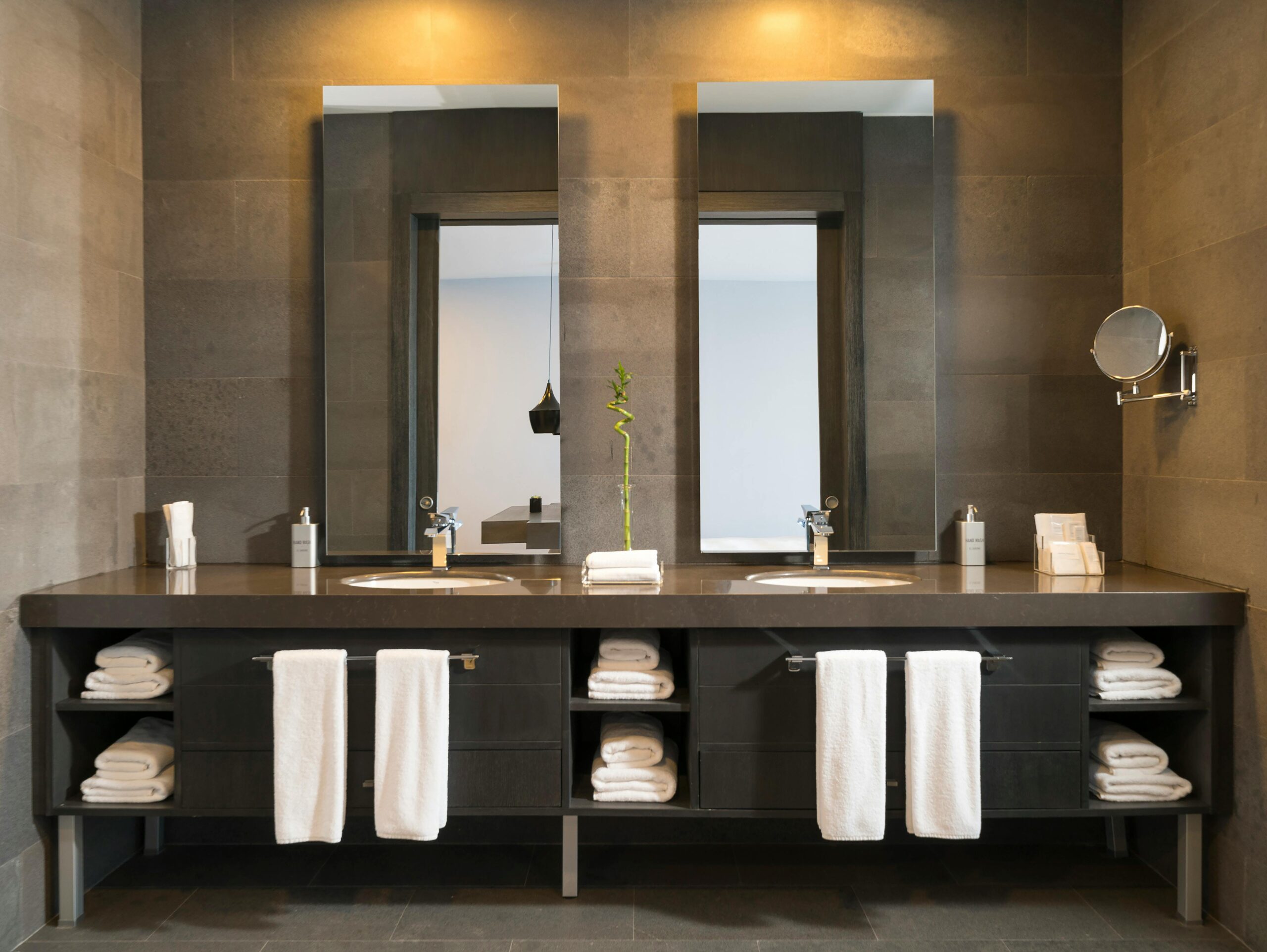The modern home is increasingly embracing smart technology solutions that enhance both convenience and hygiene. Touchless faucets and fixtures represent one of the most practical applications of this trend, offering hands-free operation in areas where cleanliness is paramount. From kitchens to bathrooms, these innovative products reduce contact with potentially germ-laden surfaces while streamlining everyday tasks. This article explores the advantages of touchless technology for faucets, soap dispensers, and toilets, providing insights into how these fixtures can transform your home experience.
The Rise of Touchless Technology in Homes
Touchless technology has evolved significantly over the past decade, moving from commercial settings into residential spaces. The COVID-19 pandemic accelerated this transition as homeowners became more conscious about surface contamination and germ transmission. Modern hygienic home technology now encompasses everything from simple motion-activated soap dispensers to sophisticated voice-controlled faucets. The underlying technology typically uses infrared sensors that detect hand movements, allowing users to trigger water flow, soap dispensing, or flushing without physical contact. This advancement not only minimizes the spread of bacteria and viruses but also adds a touch of sophistication to kitchen and bathroom spaces.
Touchless Kitchen Faucets: Functionality Meets Design
A comprehensive touchless kitchen faucet review reveals that these fixtures have come a long way in terms of reliability and aesthetics. Early models sometimes suffered from inconsistent sensor performance or limited features, but today’s options combine dependable functionality with elegant design. Premium models offer temperature control via handles or digital interfaces while maintaining the convenience of motion activation for water flow. Many units allow users to switch between stream and spray modes without touching the faucet, making food preparation and cleanup more efficient. The technology is particularly valuable when handling raw meat or other potentially contamination-prone items, as users can wash hands without transferring bacteria to faucet surfaces.
Hands-Free Bathroom Fixtures: Creating a Cleaner Space
The bathroom presents numerous opportunities for implementing hands-free bathroom fixtures that enhance hygiene. From faucets to soap dispensers and even toilet flushers, touchless technology creates a more sanitary environment in one of the home’s most germ-prone areas. Modern motion-activated bathroom faucets often include built-in timers that encourage proper handwashing duration, while some models feature LED temperature indicators for added safety and convenience. These fixtures typically require professional installation, though many homeowners find the investment worthwhile for the long-term benefits they provide in terms of cleanliness and water conservation. For expert installation of bathroom fixtures, many homeowners turn to certified professionals found through service directories like AskHomey to ensure proper setup.
Automatic Soap Dispenser Benefits Beyond Basics
The automatic soap dispenser benefits extend far beyond simple convenience. These devices help prevent cross-contamination during handwashing by eliminating the need to touch a potentially germ-covered pump. Higher-end models offer adjustable dispensing volumes to minimize waste and maximize economy, while some include smart features that remind family members when soap levels are running low. Many designs now incorporate rechargeable batteries or USB power options, eliminating the need for frequent battery replacements. When placed strategically in kitchens and bathrooms, these dispensers encourage more frequent handwashing by making the process effortless, ultimately contributing to better household hygiene overall.
Touchless Toilet Pros and Cons
Examining touchless toilet pros and cons reveals a technology with substantial benefits but also some considerations. On the positive side, hands-free flushing eliminates one of the bathroom’s most frequently touched and contaminated surfaces. Many models include additional features like automatic lid opening/closing, heated seats, and built-in bidet functions. Some advanced units even offer ambient lighting and personalized user settings. However, potential drawbacks include higher initial costs compared to standard toilets, the need for electrical connections, and occasional maintenance of sensor systems. Despite these considerations, many homeowners find that the hygiene benefits and luxury experience justify the investment in this bathroom upgrade.
Making the Transition to Touchless
Transitioning to touchless fixtures doesn’t necessitate a complete home renovation. Many homeowners start with a single touchless kitchen faucet or bathroom soap dispenser before expanding to other areas. When selecting products, it’s important to consider compatibility with existing plumbing, power requirements, and aesthetic coordination with current fixtures. Professional installation ensures proper functionality and often extends the warranty coverage for these sophisticated devices. As technology continues to advance, prices have become more accessible, making hygienic home technology a practical consideration for homeowners at various budget levels.
For more tips and to connect with reliable home service professionals, follow AskHomey on Facebook and Instagram.



